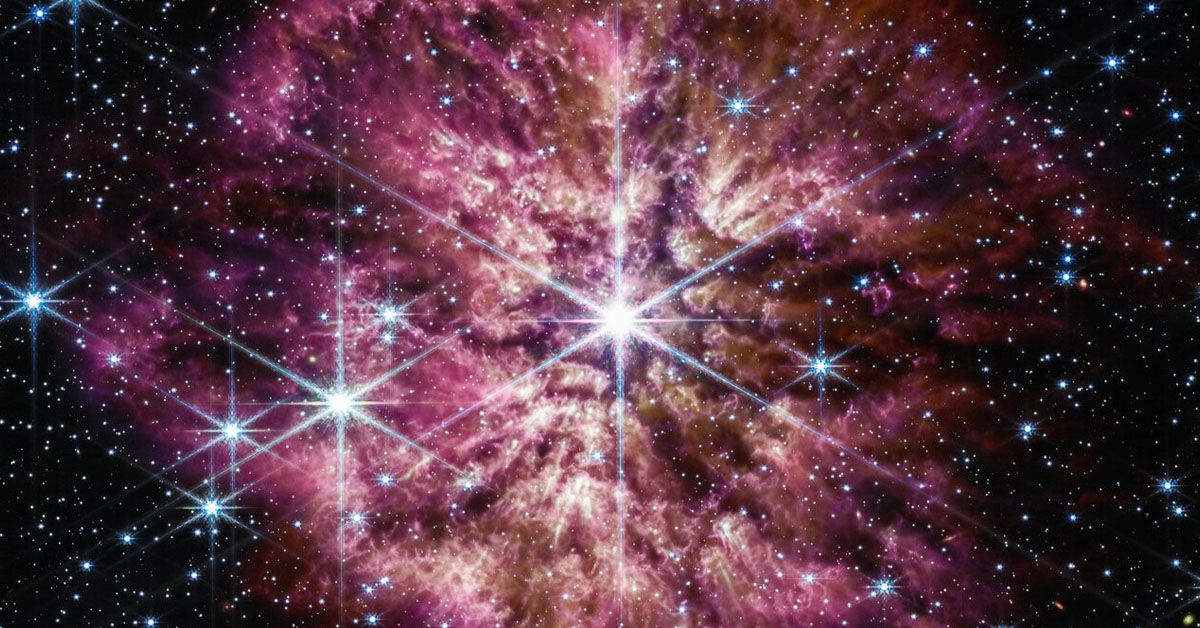In the vast expanse of the cosmos, a spectacle of light and chemistry unravels the lifecycle of stars. Among the celestial bodies scattered across the universe, each star tells its story, bursting into existence from the primordial dust and eventually succumbing to its ultimate fate. Our own sun, a beacon that has illuminated our planet for 4.5 billion years, follows this same inevitable path.
I’ll take you on a journey through the extraordinary saga of star formation, shedding light on the mechanisms behind their luminosity and the mysteries of their demise. Our guide star on this cosmic journey? None other than Betelgeuse, the mercurial red giant whose unpredictable behavior has fascinated humanity for centuries.
The Process of Star Formation and Demise
Birth of a Star
In the cosmic womb of our galaxy, a captivating process unfolds – the birth of a star. This celestial formation originates within a swirling mass of dust and gas, predominantly hydrogen and helium, suspended in the cold, dark reaches of interstellar space. Gravity initiates this stellar conception, nudging particles closer until their mutual attraction creates dense regions within the nebula.

As these areas condense, they ignite into protostars, their internal pressures and temperatures increasing until nuclear fusion begins, and voila! A star is born. A magnificent, radiant body, glowing with energy, emerges from the unassuming dust cloud.
Life of a Star
Consider our sun, a perfect exemplar of stellar life. Its incandescent presence, some 4.5 billion years old, continues to radiate, fulfilling its cosmic duty. But this beacon is not immortal; it has another estimated 10 billion years until its final farewell. At its core, a nuclear fusion process fuels its radiant existence.
Hydrogen atoms, under immense pressure and temperature, combine to form helium, releasing an enormous amount of energy as light and heat. However, this process is finite. As the sun exhausts its hydrogen reservoir, its luminosity will eventually falter.
The End of a Star
The eventual fate of our sun and other similar stars? A transformation into a fiery red orb, referred to as a red giant. When the sun's core depletes its hydrogen, it no longer possesses the heat to counteract gravity.
As a result, it expands outward, its surface cooling and reddening. This transformation has severe implications for our home, the Earth. Our planet will likely be engulfed in the sun's red giant phase, marking a fiery, albeit distant, apocalypse.

The sun's transformation is not swift but a process stretching across eons. The star will persist in its red giant phase for billions of years, eventually deflating to form a lingering red cloud, a process known as stellar collapse.
After a hundred million years, the star's outer layers shed away, leaving behind a hot core. This core, a remnant of the star's former glory, cools and fades over 10 million years into a "planetary nebula", thus completing the life cycle of a star like our sun.
The Spectacular Demise of Larger Stars: Supernova Explosions
The Significance of Supernova Explosions
As the adage goes, the flame that burns twice as bright burns half as long. Stars significantly larger than the sun share a similar fate - their lives are more energetic but far shorter. As these massive stars exhaust their nuclear fuel, they cannot resist the force of gravity like their smaller counterparts.
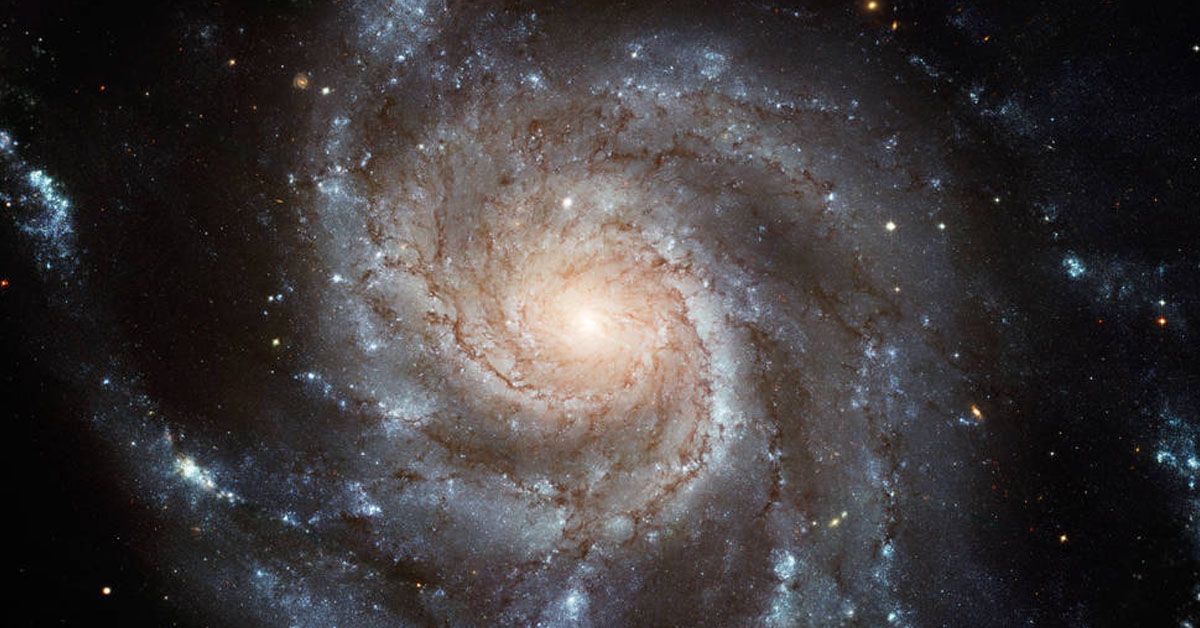
The result is a cataclysmic explosion, a supernova, which ranks among the universe's most spectacular fireworks. These explosions signify the final stage of a star's life, outshining entire galaxies and radiating enormous amounts of energy into the cosmos.
The Birth of Black Holes
A supernova explosion can birth an entity as enigmatic as it is powerful - a black hole. In this strange object, gravity asserts itself with such strength that nothing, not even light, can escape its clutches.
As the fuel of a supernova star depletes, gravity crushes the star's core. This implosion triggers a violent explosion and occasionally leaves behind a gravitational sinkhole - a black hole.
The Hubble Space Telescope's Contribution
Human understanding of these cosmic phenomena has been revolutionized by the Hubble Space Telescope. In November 2022, the telescope captured a supernova explosion that occurred 11 billion years ago. This glimpse into the distant past provided astronomers with invaluable insights into the violent demise of large stars and the subsequent creation of elements integral to life.
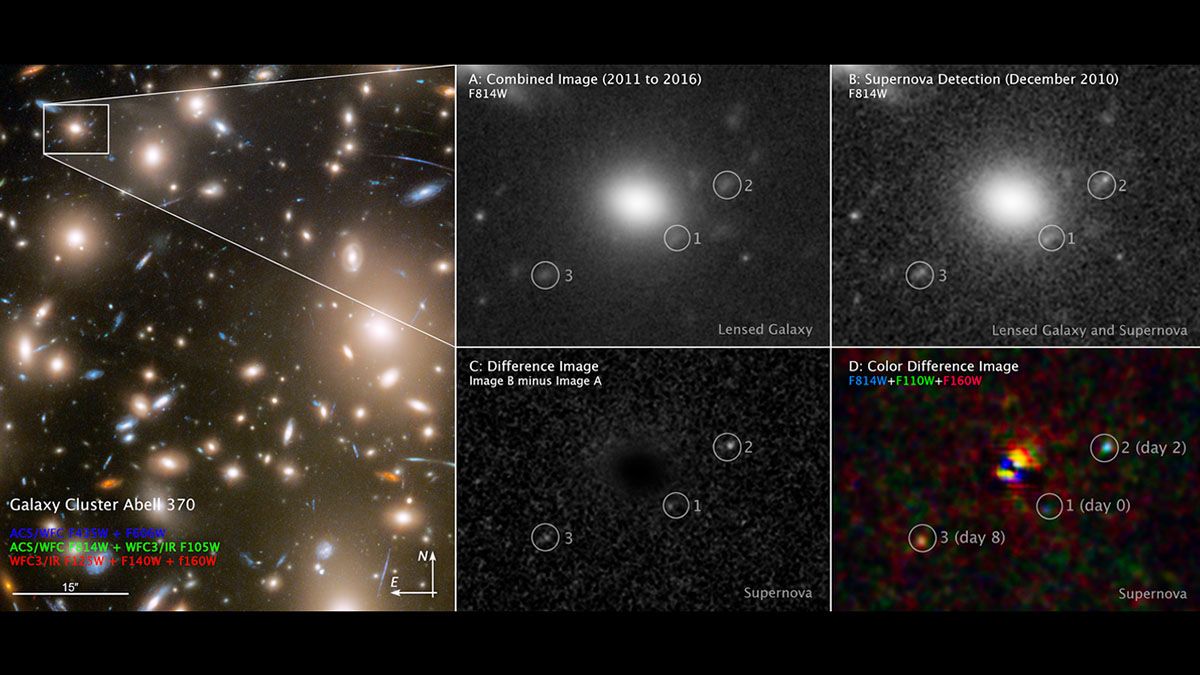
The Role of Supernova Explosions in Star Formation
However, supernovae play a role that extends beyond their dazzling explosions and the creation of black holes. These explosions scatter the star's enriched guts across the cosmos, sowing the seeds for future stellar generations. Among the elements forged within supernovae are carbon and oxygen, two indispensable elements for life as we know it.
These atomic particles are released into the cosmos during a supernova, eventually forming part of the raw material for new stars, planets, and even life forms. Therefore, the death of one star signifies the birth of another, reflecting the cyclic nature of the universe and reinforcing the notion that we are, indeed, made of stardust.
A Closer Look at Betelgeuse
Nestled in the constellation Orion, Betelgeuse occupies the universe as a red giant, renowned for its unpredictability. Its character became a subject of global curiosity following the "Great Dimming" event of 2019.
From late 2019 to early 2020, Betelgeuse's brightness dwindled dramatically, causing it to lose its status as one of the top ten brightest stars in the sky, an unprecedented shift that sparked the interest of astronomers worldwide.

The recent years have witnessed Betelgeuse in a state of cosmic upheaval. This star is currently undergoing a period of turbulence marked by distinct surface movements and large-scale eruptions.
Like the tempestuous surface of a boiling pot, Betelgeuse's outer layers are convulsing in waves of hot gas. Coupled with these tumultuous fluctuations are signs of massive ejections of stellar material into the surrounding space, creating an awe-inspiring spectacle of stellar chaos.
As with all red giants, Betelgeuse's future hangs in the balance of cosmic inevitability. Scientists postulate that Betelgeuse is nearing the end of its life cycle, an event marked by an explosive supernova. It will transition from fusing lighter elements like helium into heavier ones like carbon and oxygen, up to iron.

This nuclear fusion process will culminate in a staggering release of energy, illuminating the cosmos with its brilliance. Depending on its remaining mass post-explosion, Betelgeuse might condense into a dense neutron star or collapse further into a black hole.
The aftermath of Betelgeuse's collapse and subsequent supernova explosion promises a galactic spectacle of profound proportions. The ejected stellar material will forge a nebula, painting the cosmos with vibrant hues. This cosmic masterpiece will testify to Betelgeuse's once-glorious existence while contributing to the birth of new celestial bodies.
How to Spot Betelgeuse?
Spotting Betelgeuse in the night sky is an accessible adventure for stargazers. This star occupies a prominent position in the constellation Orion, marking the hunter's right shoulder. Locate the three stars forming Orion's belt and trace upward to find the distinct reddish star. That's Betelgeuse, beaming its light from hundreds of light-years away.
Situated approximately 700 light-years from Earth, Betelgeuse's radiance outshines most stars in our night sky. Despite its considerable distance, its intrinsic luminosity, a measure of the actual amount of light a star emits is so intense that it remains one of the brightest celestial bodies observable from Earth.
Predicting the exact moment of Betelgeuse's terminal supernova explosion is a complex task riddled with uncertainty. However, the explosion promises an extraordinary visual display when it does occur.
This dying star's farewell could outshine even the moon, casting shadows on Earth at night. While this spectacle may sound intimidating, there's no need for alarm. Betelgeuse's considerable distance from Earth ensures we will be safe observers of its celestial swan song.
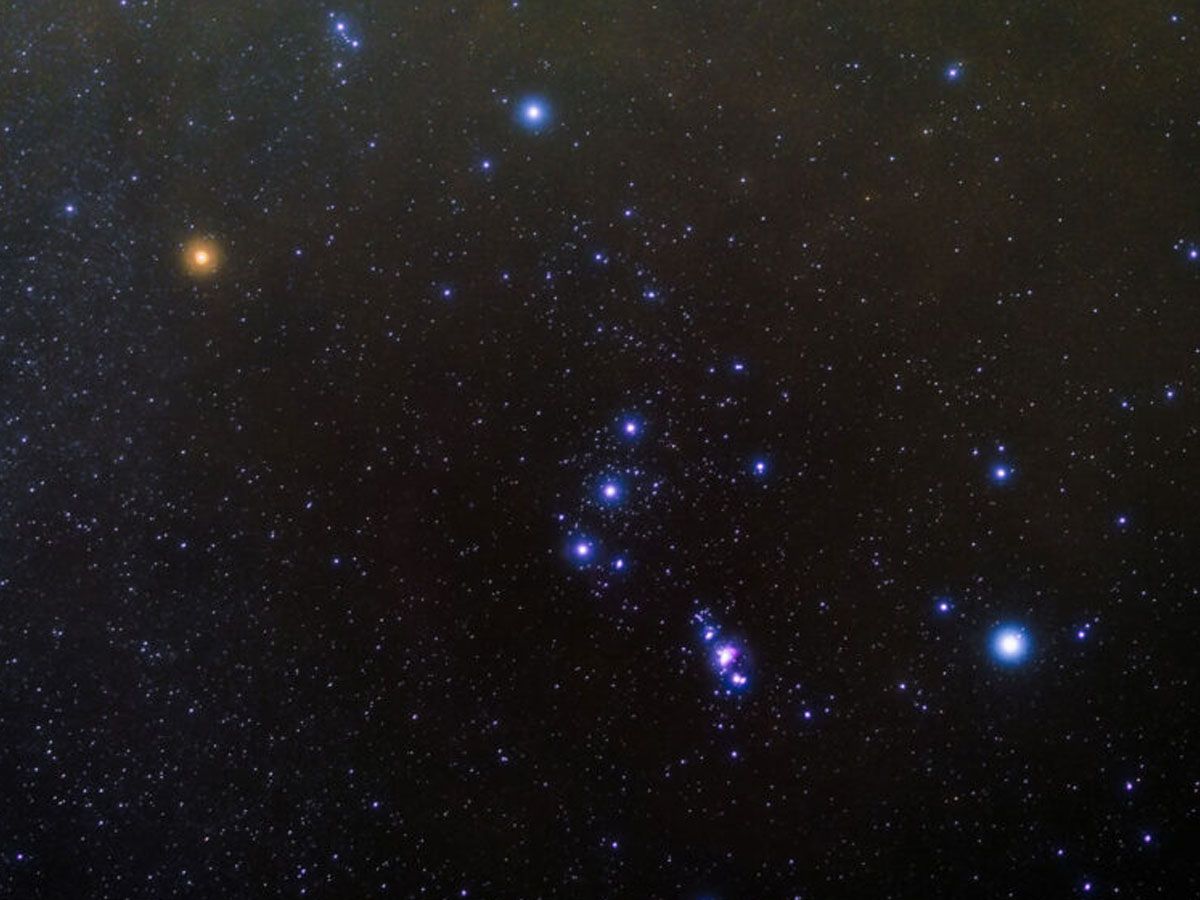
Betelgeuse traces an annual journey across our night sky like a cosmic nomad. It graces the heavens predominantly in the winter months when Orion is most visible. However, as seasons shift, so does its position. By April, it begins to dip below the horizon, reemerging later in the year.
Betelgeuse's reddish hue offers more than just celestial charm. It signifies that it's cooler than blue or white stars, a product of its status as a red giant nearing the end of its lifespan. Despite its cooler temperature, Betelgeuse's massive size means it emits a substantial amount of light, solidifying its position as one of the brightest stars in our sky.
The name "Betelgeuse" originates from the Arabic phrase "Ibt al-Jauzā'," which means "the armpit of Orion." This moniker testifies to the star's position in the famous constellation, forever etching it in the tapestry of our universe.
Wrapping up the Stellar Saga
The celestial narrative we have ventured through offers more than a fascinating exploration of the cosmos; it underscores the delicate, cyclical dance of creation and destruction that shapes our universe.
From the birth of stars out of cosmic dust to their spectacular demise via supernova explosions, each phase of a star's life contributes to a grand, cosmic narrative of continuous transformation.
Take Betelgeuse, the mighty red giant, who graces our night sky with its luminous brilliance. The impending collapse and resulting supernova of this celestial colossus offer a sobering perspective on the transient nature of celestial bodies.
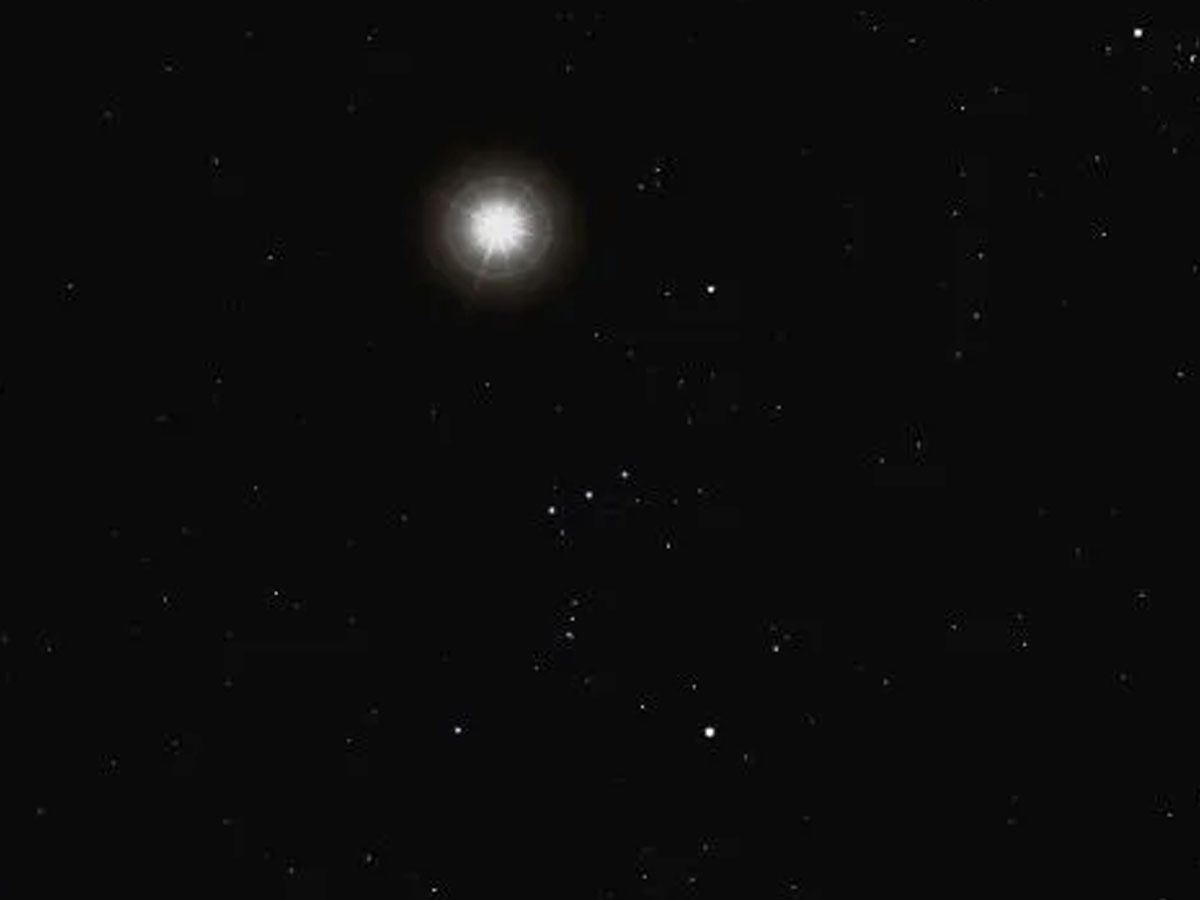
Yet, this anticipated demise is no cause for sorrow. On the contrary, it reminds us that each ending signals a new beginning. The residual stellar materials from Betelgeuse's explosion will spur the formation of new stars, nurturing the next generation of celestial wonders.
Indeed, the story of stars is more than a tale of fiery births and fiery ends—it is a testament to the cycles of life that govern our universe. In this grand cosmic arena, every element is interconnected.
The iron in our blood, the calcium in our bones, and the oxygen we breathe were all once part of a star that met its end in a brilliant supernova. We are, in the most literal sense, stardust.
Sources: discovermagazine.com / earthsky.org
